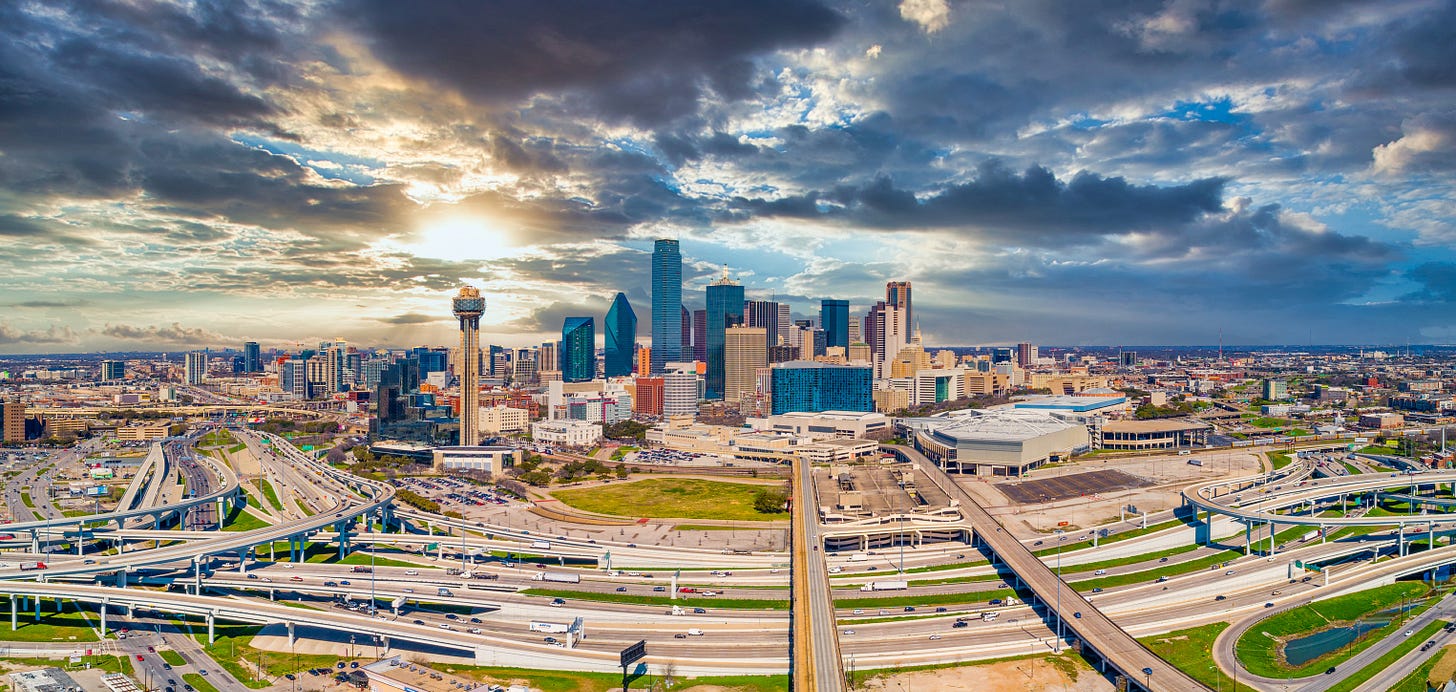Last week, I published an article about the single most important element in creating good cities. If you haven’t read it yet, please do so here. In it, I teased that I would show how to improve a place by narrowing an overly wide Right of Way through building housing in the middle of the road. This isn’t necessarily a novel idea, but it sounds so wildl…
Keep reading with a 7-day free trial
Subscribe to Building Optimism to keep reading this post and get 7 days of free access to the full post archives.


